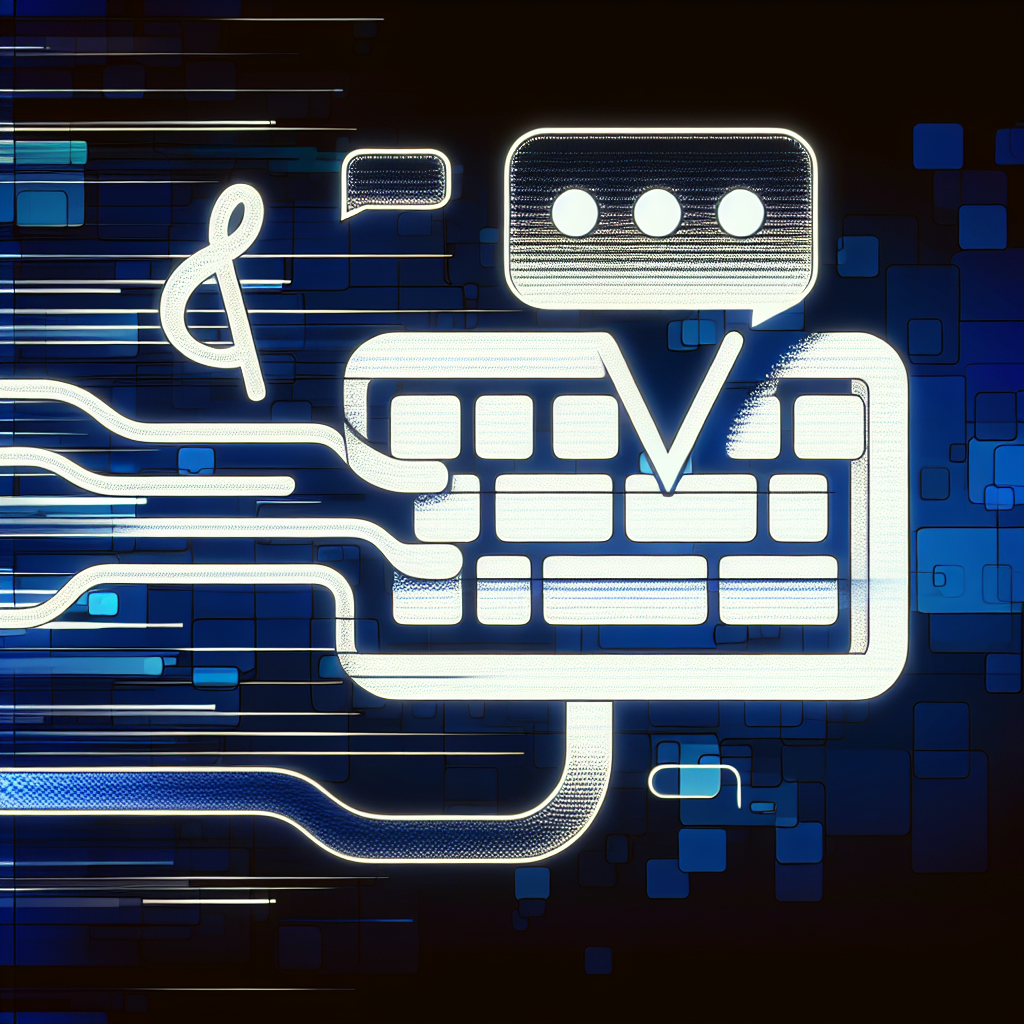
In the rapidly advancing digital landscape, Human Resource professionals are keenly aware of the transformative impact of technology on their roles. Among these advancements, ChatGPT, a large language model developed by OpenAI, is emerging as a valuable tool in writing procedures. This article delves into the significance, current trends, and key benefits of utilising ChatGPT for procedural writing, providing insights that can empower HR professionals to enhance their documentation processes.
Understanding the Significance of ChatGPT in Writing Procedures
The utility of ChatGPT extends across diverse writing tasks including policy manuals, training protocols, and performance appraisals. Its significance lies in its capability to expedite the writing process considerably. By generating outlines and suggesting detailed content based on user inputs, ChatGPT enables HR professionals to produce high-quality documentation more efficiently.
- It offers the ability to draft various styles of text, from formal HR policies to engaging training materials.
- The generated text aids in ensuring that all procedural documents adhere to the necessary compliance and regulatory standards.
Current Trends in AI and Procedural Writing
The adoption of AI tools like ChatGPT reflects a broader trend towards automation in professional environments. In the context of writing procedures, this integration has proven advantageous for numerous reasons:
- **Automation of Repetitive Tasks**: ChatGPT assists in automating mundane aspects of writing, thereby allowing HR professionals to concentrate on strategic decision-making.
- **Enhanced Writing Quality**: The model’s capability to suggest grammatical corrections and improvements to text can significantly uplift the quality of written content.
- **Diverse Language Support**: For HR personnel working in multicultural environments, ChatGPT provides support for non-native English speakers, assisting with language nuances and clarity.
Key Advantages of Using ChatGPT in Procedural Writing
Employing ChatGPT for writing procedures presents an array of benefits:
1. Increased Efficiency
Time is a crucial resource in HR. ChatGPT can produce outlines and draft sections of documents quickly, allowing professionals to focus their energies on more complex tasks. This streamlined approach not only saves time but also enables teams to respond more rapidly to business needs.
2. Quality Enhancement
Quality is paramount in HR documentation. ChatGPT can improve the clarity and effectiveness of text. By offering suggestions for rephrasing and identifying grammatical errors, it serves as an auxiliary tool for enhancing the precision of written materials.
3. Support for Multilingual Teams
In an increasingly global workforce, ChatGPT can play a vital role in aiding communication among diverse teams. Its ability to provide translation assistance and suggest appropriate vocabulary can bridge language barriers, fostering better collaboration.
4. Plagiarism Detection and Originality Assurance
Maintaining the integrity of written content is essential. ChatGPT can aid in detecting similarities with published material, thus ensuring originality and reducing the risk of plagiarism in formal documents.
Challenges & Limitations
While ChatGPT offers numerous advantages, it’s important to recognise its limitations. Generated text requires thorough review and editing to guarantee accuracy. There are a few critical areas to consider:
- **Accuracy of Information**: The model’s outputs can sometimes contain inaccuracies or outdated information. Therefore, HR professionals must verify facts and data before utilisation.
- **Oversight Requirement**: Given that ChatGPT is designed to assist rather than replace human judgement, close monitoring and editing of its output are necessary to avoid potential ethical concerns like plagiarism or fabrication.
- **Contextual Understanding**: While the AI can produce high-quality text, it lacks contextual awareness. It’s imperative for HR professionals to inject the requisite nuance and organisation-specific knowledge into produced documents.
Best Practices for Using ChatGPT in HR Documentation
To maximize the benefits of ChatGPT while mitigating its downsides, HR professionals should consider the following best practices:
- **Establish Guidelines**: Create clear guidelines on when and how to use ChatGPT. This ensures the AI tool is used strategically and ethically within your organisation.
- **Combine Human Insight with AI Assistance**: Use ChatGPT as a supportive tool rather than a sole author. Pair its capabilities with the insights of experienced HR professionals to enhance quality.
- **Regular Training on AI Tools**: Invest in training sessions for your HR team on how to leverage ChatGPT effectively, focusing on its strengths and limitations.
- **Continuous Review and Feedback**: Establish a culture of feedback around AI-generated content to refine processes and improve the overall quality of documents.
Conclusion
The evolution of tools like ChatGPT signifies a shift towards more efficient and effective procedural writing in HR. By embracing this technology, HR professionals stand to benefit from improved efficiency, enhanced writing quality, and better support for diverse teams. However, it is essential to navigate its limitations prudently and remain vigilant in oversight and editing to ensure accuracy and integrity in all written documentation.
As technology continues to reshape the HR landscape, being informed and prepared will empower professionals to adeptly harness these advancements to their advantage.
If you’re interested in learning more about the role of AI in academic and professional documentation, consider exploring the following resources:
- Generating Scholarly Content with ChatGPT – A study exploring ethical challenges in AI usage.
- The Role of ChatGPT in Scientific Communication – Discusses enhancements in writing scientific articles.
- ChatGPT: A comprehensive review – Offers insights into the applications of ChatGPT in various sectors.
Vadim Kouznetsov is a distinguished entrepreneur and the visionary founder and CEO of JobXDubai.com, the UAE’s rapidly expanding job board. Renowned for his expertise in bridging the gap between job seekers and employment opportunities, Vadim has become a leading authority in the recruitment and job market of Dubai.
